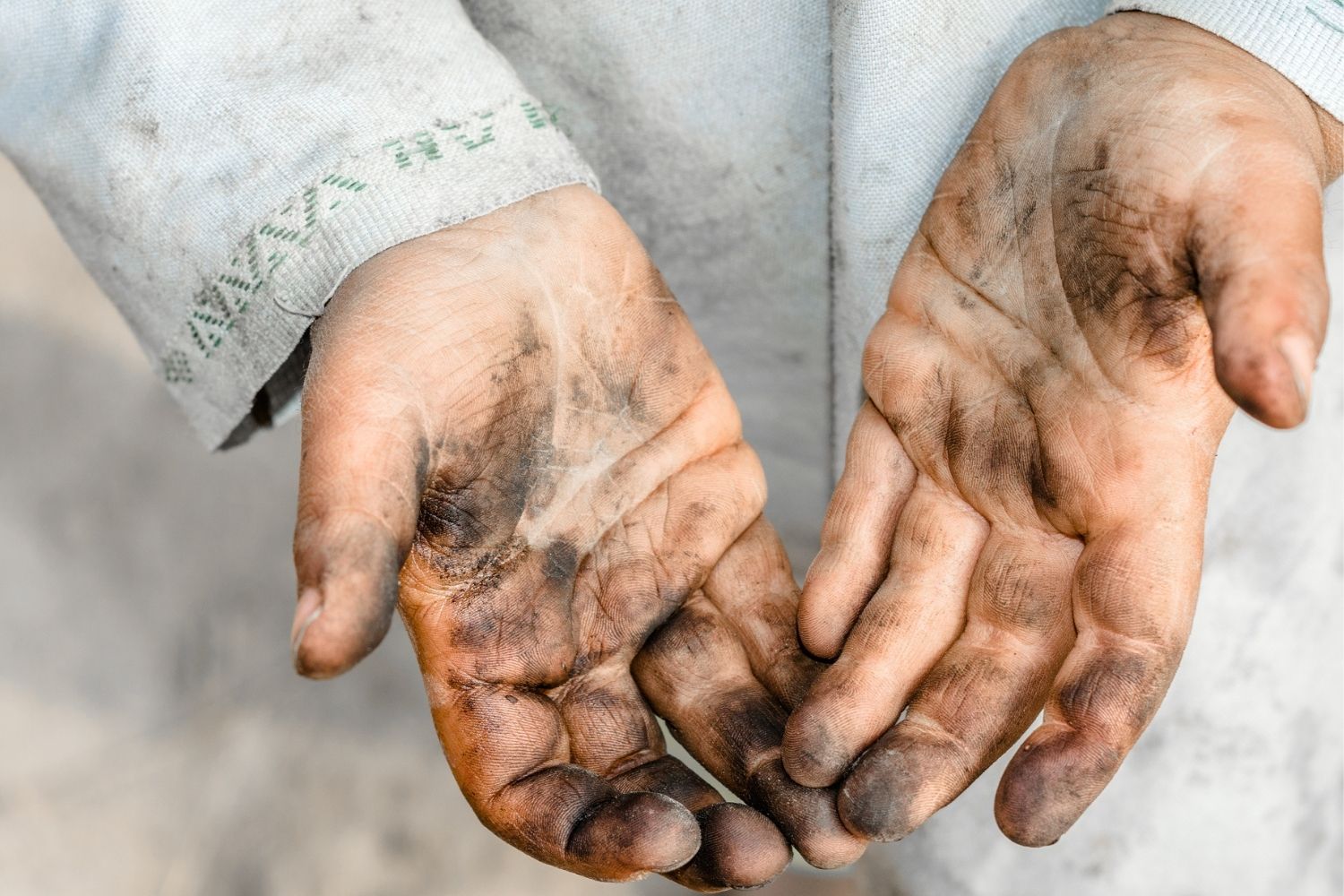Despite the decline, child labour persisted.

Child labour has sharply declined in post-apartheid South Africa, due to the department of employment and labour’s enforcement of the Basic Conditions of Employment Act, according to experts.
This became apparent with World Day Against Child Labour last week.
First declared by the International Labour Organisation in 2002, World Day Against Child Labour is intended to foster the worldwide movement against child labour.
According to United Nations agency Unicef, child labour still affects nearly 138 million children worldwide.
Unicef maintains children globally are routinely engaged in paid and unpaid forms of work.
Cosatu national spokesperson Matthew Parks said while the Act prohibited the employment of minors, South Africa has seen “many employers ignore it”.
Where some of the abuses occur
Parks said significant abuses occurred in the agricultural, transport and retail sectors.
“Cosatu and its affiliates have focused on ensuring employers comply with the labour laws – exposing those who break the law and reporting offenders to the department of employment and labour,” he said.
“We are encouraged by the department’s recent recruitment of 10 000 labour inspectors and plans for a further 10 000 next year. These will be a powerful boost to enforcing labour laws.
“Children must be in school, not at work,” said Parks.
ALSO READ: Witness ‘too scared to testify’ in Chinese human trafficking and child labour case
Decline
Prof Lucien van der Walt, director of the Neil Aggett Labour Studies Unit at Rhodes University, said child labour has “to a large extent, sharply declined in post-apartheid South Africa”.
“It is illegal,” said Van der Walt.
He said there were third party audits on child labour, conducted by the Sustainability Initiative of South Africa and the Wine and Agricultural Ethical Trade Association.
“A key effect in sectors like agriculture, which used to make fairly extensive use of child labour, no longer do so,” he said.
“A 2025 study by Derek Yu, Simba Murozvi and Clinton Herwel found that child labour under the age of 15 has decreased to less than 1% in commercial agriculture.”
Despite the decline, child labour persisted.
“The ability and willingness of the state to carry out inspections is limited, with inspectors sometimes relying on employers’ accounts,” said Van der Walt.
“Regulations are in practice, mainly enforced against larger businesses and employers, including farms.
“Statistics tend to only capture regulated activities and work for money.
“Millions are not in reality, covered by regulations – either because of how regulations are framed or because regulations are just not enforced.”
Informal sector
He said patterns varied by region, “but there is evidence of ongoing child labour in unregulated or so-called informal parts of the economy”.
This included family businesses – based at home or on the street, including small-scale family farms, casual, domestic and taxi labour.
“Not all of this is paid in wages – often it is driven by the family’s situation,” he said.
“While larger, regulated employers, have little reason these days to draw on child labour, there is a large pool of unemployed adults, as well as cheap immigrant labour. Such labour is often important in the informal economy.”
The informal economy was “often praised by government and the media, as an engine of growth and jobs”.
“But this romantic picture, hides the reality of battles to survive: low incomes, insecure work, lack of protections, minimum wages, social insurance, abuses like stolen wages, union-bashing and some of the worst working and employment conditions in the country.”
NOW READ: New employment code aims to address SA unemployment crisis






